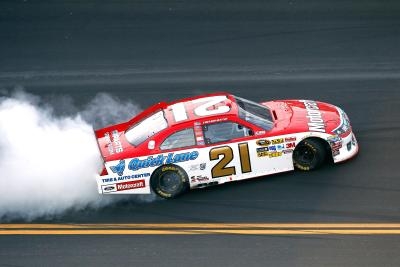
Small block Chevrolet engines have always offered some of the best bang-for-the-buck performance of any V8, and that's truer now than it ever was. Although today's parts and assemblies may cost a bit more than those of yore, the fact is that power levels have grown in at least direct proportion. Building 500-plus horsepower isn't any big feat these days, especially once you get into power adders such as turbos, superchargers and nitrous. Oddly enough, the fact that horsepower is now so easy to make has led to a newfound focus on making power while retaining torque, reliability and fuel economy.
Begin with an aftermarket "crate" engine like the GM ZZ4 350. Yes, you could crawl the junkyard looking for a decent core engine, but by the time you tear it apart, have it magnafluxed for cracks, machined back into spec and assembled with decent rods and pistons you'll be within about $500 of the cost of a ZZ4. And for all that work you still won't get the warranty or peace of mind that a factory-assembled crate motor offers.
Install a set of heads with at least 250 cfm of airflow through the intake ports and at least 200 cfm through the exhausts at 0.400-inch valve lift. Resist the temptation to go for a set of heads that advertise huge flow numbers at 0.500-inch or over valve lift; this engine combination uses a fairly small cam to maintain streetability, so head flow over 0.450-inch lift is fairly irrelevant.
Install a set of thicker head gaskets to drop your compression down to a blower-friendly 8.8-to-1. Most heads use a 64-cc or 72-cc combustion chamber, which will put your compression at about 9.5-to-1 or 10-to-1 with the ZZ4's standard pistons. If you're using a 72-cc combustion chamber, Fel-Pro part number 1043 will yield the proper 8.8-to-1.
Install an hydraulic roller camshaft with no more than 0.450-inch lift and 215 degrees of duration at 0.050-inch valve lift. Use a cam with at least 113 degree of lobe separation angle to minimize valve overlap (the amount of time the valves stay open at the same time. A blower-specific cam would work best, but you can reap most of the blower cam's benefits by using 1.5-to-1 rocker arms on the intakes and 1.6-to-1 rockers for the exhaust.
Bolt your blower of choice to the heads. This combo is specifically engineered to work with a Roots-type positive displacement blower like the Magnusun 122, but any GM 6-71 sized blower will work. Utilize a blower with a helical or screw-type rotors and a boost bypass valve. These enhancements allow your blower to run efficiently both under boost and under cruise for maximum power and fuel efficiency.
Top the assembly off with either an 850 cfm carburetor or an equivalent throttle body injection system. The carb is the cheaper choice, but won't return the mix of power, fuel efficiency or idle quality that a properly tuned fuel injection system will. If you've got the budget, use fuel injection. The GM HEI distributor works for this application, but an aftermarket distributor will return more power and flexibility. Bolt a set of 1-3/4 to 1-7/8 inch stepped primary headers utilizing a 3-1/2 inch collector.